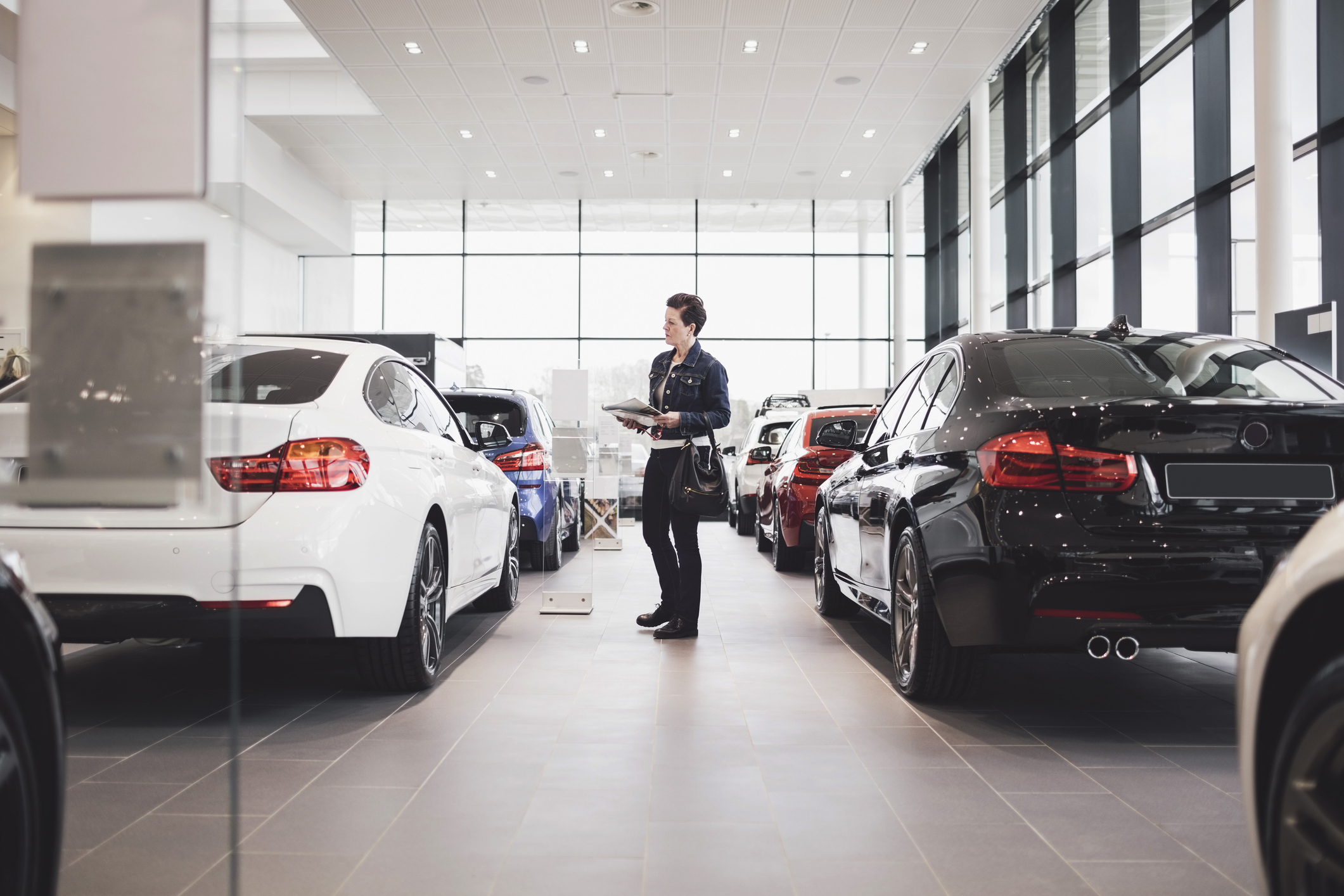Is Your Home Underinsured?
If your home is insured for less than 100% of what it would cost to rebuild, you'll foot the difference.
Editor's note: This story has been updated since it originally was published in 2003).
Do you know how much it would cost to rebuild if your home were damaged or destroyed? Unless you count yourself among the few who actually read their policies each year, you could be behind the times: Insurance companies have been changing the way they cover homes, and you are assuming more of the financial risk.
Insurers have shifted the risk to you
Guaranteed-replacement-cost coverage, once the gold standard of homeowners insurance, is no longer common. With this kind of coverage, once you've met your deductible, the insurer promises to pick up the tab for rebuilding your home, and the burden is on the company to boost your coverage (and premiums) in line with appreciation and rising building costs.

Sign up for Kiplinger’s Free E-Newsletters
Profit and prosper with the best of expert advice on investing, taxes, retirement, personal finance and more - straight to your e-mail.
Profit and prosper with the best of expert advice - straight to your e-mail.
Today State Farm, Allstate and other major issuers sell extended-replacement coverage that limits what they will pay to rebuild a home to about 120% to 125% of the insured value. Companies say they jettisoned guaranteed replacement because homeowners were deliberately understating the value of their homes. But costly natural disasters also played a role: storms, such as Hurricane Andrew's 1992 rampage through southern Florida, and wildfires, such as the one that burned thousands of homes in Oakland Hills, Cal., in 1991. In their destructive wake, insurance companies that had sold guaranteed-replacement policies learned they hadn't done a great job of tracking building-cost trends and hadn't factored into the equation the run-up in costs that would occur if extensive damage was concentrated in a relatively small area.
In Oakland Hills, for example, people were clamoring to move back into their homes and local builders and suppliers were overloaded. The result: skyrocketing building costs and some price gouging. (After Hurricane Andrew, Florida passed an antigouging law, and other states have followed suit.) And as some Hurricane Katrina victims discovered, they didn't have enough money to rebuild despite full payouts from their insurers (see Insurance Lessons After Katrina.
Get the price right
It's important to get the replacement cost of your home right, says Jan Weyhrich, loss-control superintendent with State Farm. If your home is insured for less than 100% of what it would cost to rebuild -- and actual costs rise above the extended coverage -- you are responsible for the deductible plus any amount over the 20% or 25% cushion.
To make sure that you get the correct amount of coverage, look for an insurance company that uses a method called total component estimating. This method of figuring repair and rebuilding costs is more accurate because it takes into account the actual materials used and any special features of your home.
If the company doesn't do this, look for one that does: A square-foot cost estimate could leave you seriously underinsured.
In addition, be aware that extended-replacement coverage is designed to cover rebuilding your home using today's standard building supplies. If you want to replicate custom features, such as hand-carved banisters, stained-glass windows or antique wood floors, ask your agent about a restoration-cost policy or buying add-on riders for your policy.
While you're shopping, get a quote on a guaranteed-replacement-cost policy. "If price gouging occurs after a disaster or the cost of building materials jumps, with guaranteed-replacement coverage you will get your home rebuilt without having to pony up for anything other than your deductible," says Jeanne Salvatore of the Insurance Information Institute. Chubb and Fireman's Fund are among the insurers that still sell full guaranteed-replacement-coverage policies.
Start at 100%, then stay current
After you've got a policy, tell the agent when you make any significant improvements to your house. Once every two years, determine what it would cost to repair or rebuild. The update should include a review of your home -- inside and out -- and can be done by phone. It should take into account upgrades, such as granite countertops and custom doors, and any remodeling.
Get Kiplinger Today newsletter — free
Profit and prosper with the best of Kiplinger's advice on investing, taxes, retirement, personal finance and much more. Delivered daily. Enter your email in the box and click Sign Me Up.
-
 Americans Are Retiring Later: Will This Trend Last?
Americans Are Retiring Later: Will This Trend Last?Given a host of pressures to keep working, Americans are retiring later in life. Will regulatory and economic forces encourage you to work longer?
By Christy Bieber
-
 Trump’s Tax Cut Risks Your SNAP, Medicaid Benefits
Trump’s Tax Cut Risks Your SNAP, Medicaid BenefitsTax Cuts The GOP budget blueprint could slash lifesaving programs for millions of U.S. households.
By Gabriella Cruz-Martínez
-
 What To Know if You’re in the Market for a New Car This Year
What To Know if You’re in the Market for a New Car This YearThe Kiplinger Letter Buying a new car will get a little easier, but don’t expect many deals.
By David Payne
-
 Will Lower Mortgage Rates Bring Relief to the Housing Market?
Will Lower Mortgage Rates Bring Relief to the Housing Market?The Kiplinger Letter As mortgage rates slowly come down here's what to expect in the housing market over the next year or so.
By Rodrigo Sermeño
-
 Car Prices Are Finally Coming Down
Car Prices Are Finally Coming DownThe Kiplinger Letter For the first time in years, it may be possible to snag a good deal on a new car.
By David Payne
-
 New Graduates Navigate a Challenging Labor Market
New Graduates Navigate a Challenging Labor MarketThe Kiplinger Letter Things are getting tough for new graduates. Job offers are drying up and the jobless rate is increasing. Are internships the answer?
By David Payne
-
 When's the Best Time to Buy a Domestic Flight? The Kiplinger Letter
When's the Best Time to Buy a Domestic Flight? The Kiplinger LetterThe Kiplinger Letter A new study by CheapAir.com has crunched the numbers.
By Sean Lengell
-
 Woes Continue for Banking Sector: The Kiplinger Letter
Woes Continue for Banking Sector: The Kiplinger LetterThe Kiplinger Letter Regional bank stocks were hammered recently after news of New York Community Bank’s big fourth-quarter loss.
By Rodrigo Sermeño
-
 Anxious Flyers Take Note: The Kiplinger Letter
Anxious Flyers Take Note: The Kiplinger LetterThe Kiplinger Letter Whether it's the routes to avoid that have the most turbulence or the safest airline, we've got you covered.
By Sean Lengell
-
 The Auto Industry Outlook for 2024
The Auto Industry Outlook for 2024The Kiplinger Letter Here's what to expect in the auto industry this year. If you’re in the market for a car it won’t be quite as daunting as it was during the pandemic and after.
By David Payne